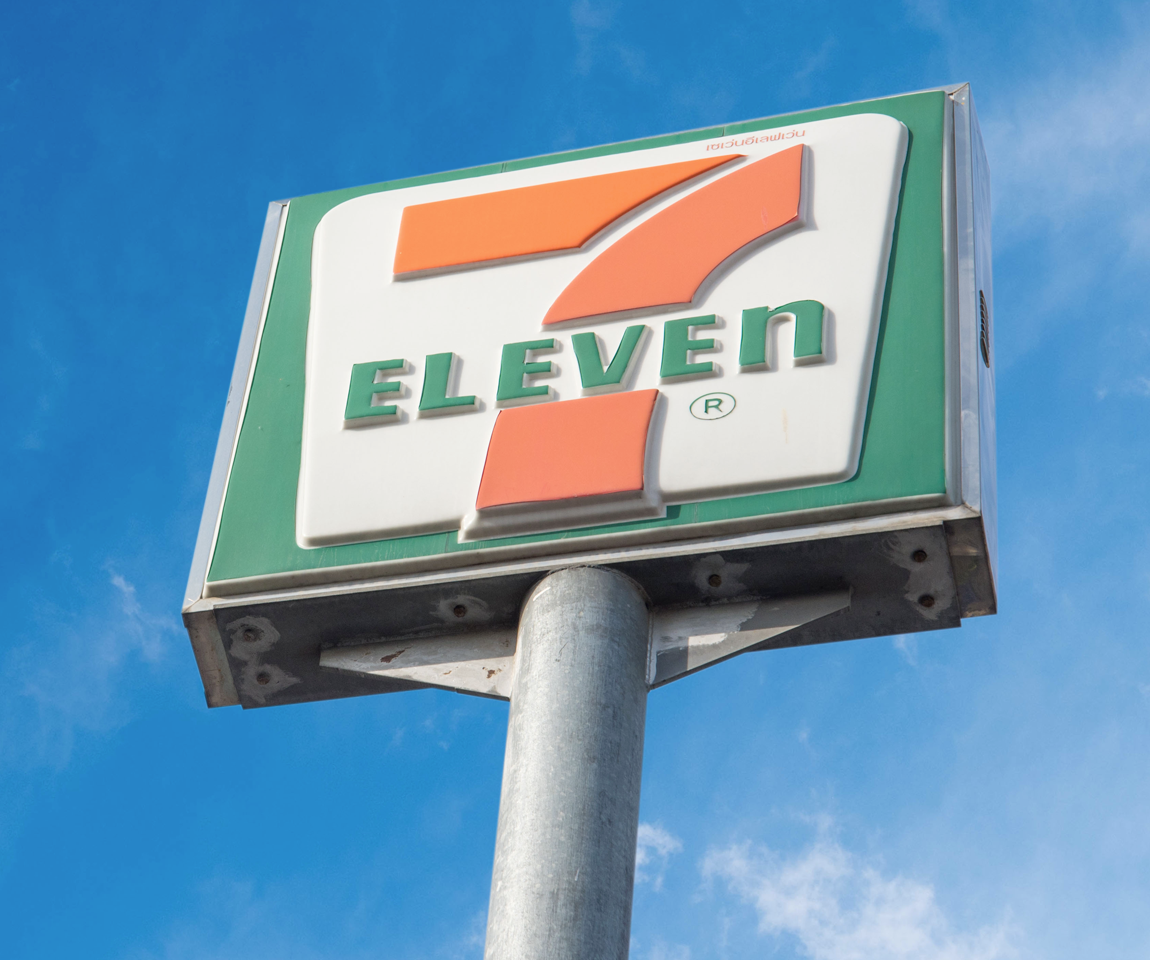Introduction
In the dynamic world of market research, or over the last decade, the “not so dynamic,” understanding the nuances of consumer behavior and accurately capturing their preferences and experiences is crucial for businesses aiming to stay competitive. However, traditional survey methodologies are increasingly facing challenges such as recall bias, fraud, and low incidence rates, which can significantly affect the quality and reliability of data collected. Nasdaq reports that “30% of all market research data is fraudulent,” and in a recent press release by Stagwell, the company’s CEO stated that, “the quality of that deliverable has declined dramatically over the past decade as fraud rates have increased, respondent engagement has dropped, and trust has diminished”. This blog post dives into these challenges and introduces innovative solutions that leverage technology and new methodologies to overcome them, ensuring higher accuracy and richer insights into consumer behavior.
The Cause of the Collapse in Traditional Survey Research
Recall Bias
Recall bias occurs when participants do not remember past events accurately, leading to skewed or inaccurate survey responses. This bias can significantly impact the validity of research findings, as decisions based on this flawed data can misguide business strategies.
System 1 vs System 2 Thought
The dichotomy between System 1 and System 2 thought processes, as proposed by Daniel Kahneman, highlights another layer of complexity in understanding consumer behavior. System 1 operates automatically and quickly, with little or no effort and no sense of voluntary control, while System 2 involves deliberation and reasoning. Survey responses can vary dramatically depending on which system is engaged, affecting the accuracy of the insights gained.
AI, & Bot Fraud
The presence of fraudulent respondents via artificial intelligence or bot-driven fraud significantly undermines the integrity of traditional survey-only data collection efforts. These fraudulent entities masquerade as genuine respondents, participating solely for incentives and skewing results with non-validated responses. This problem becomes even more acute in research focusing on niche groups within the general population, where low incidence rates make it difficult and costly to engage real participants. Although it is well known across the industry that fraud is a massive problem, large market research firms continue to double down on quantity over quality. Simply put, they are prioritizing margins and then massaging results for clients. Leaving companies holding the bag after paying for expensive consumer research that is stale and useless.
Low Incidence Rates
When the target audience for a survey is a specific group that represents a small fraction of the general population, the incidence rates drop, and the cost per survey completion rises. This situation not only makes research more expensive but also increases the likelihood of encountering fraudulent respondents. Is that person who qualified for your survey really part of your target market, or did they just click the right buttons attempting to qualify?
Time to Field & Over-Promising
The adage “Fool me once, shame on you; fool me twice, shame on me” resonates strongly in the context of market research timelines and deliverables. The time needed to deploy surveys and gather validated or adequate responses from a qualified demographic is often underestimated. Many companies fall into the trap of making overly optimistic promises about survey completion times, lacking a precise grasp of the audience’s qualification criteria. This discrepancy between expectations and reality results in underperformance and widespread dissatisfaction.
The Solution: A New Approach to Market Research
To address these challenges, a new paradigm in market research methodology is needed—one that emphasizes validation and real-time OmniTraffic® data collection to ensure accuracy while reducing bias and fraud.
Validation: The Key to Accurate Data
At the heart of this innovative methodology lies the principle of validation – the meticulous process of confirming the who, what, where, and when before delving into the “why” through surveys. Despite its apparent simplicity, the adoption of this approach within the industry has been sluggish. Echoing Albert Einstein’s sentiment, “Genius is making complex ideas simple, not making simple ideas complex,” this method underscores the value of straightforwardness & validation in research. When data can be directly observed, posing questions about it becomes superfluous, reducing the risk of bias and fraud and enhancing the accuracy of the data collected.
Research Methodologies for the Modern Age
Point of Emotion®️ by MFour
This innovative methodology captures feedback in-store, at the exit, or through apps and web interfaces, precisely at the Point of Emotion®. Collecting data in the moment using behavior to invite consumers for survey participation, effectively eliminates recall bias and fraud while increasing incidence rates (IR).
Visit Pattern Targeting
Leveraging validated patterns of past visits, this technique ensures that only genuine, qualified respondents are targeted. This approach not only eliminates fraud but also significantly increases IR by focusing on behaviors rather than self-reported habits.
Applications of Innovative Market Research Methods
The methodologies described offer a wide range of applications, from understanding in-store experiences to measuring customer satisfaction and benchmarking against competitors. These approaches are particularly useful in:
- Identifying frequent or loyal visitors to your or a competitor’s properties, overcoming the challenge of low IR and high fraud risk.
- Engaging with lapsed or brand-agnostic visitors to gain insights into their behaviors and preferences.
- Collecting in-store experience feedback directly from shoppers or non-purchasers at the shelf level.
- Evaluating customer satisfaction and comparing experiences with those offered by competitors.
- Assessing the effectiveness of out-of-home (OOH) and point-of-sale (POS) advertising.
- Gathering UI/UX feedback to improve app or website experiences.
- Augmenting sales lift data with validated consumer perceptions when launching new products or evaluating existing ones.
Case Studies – MFour

7-Eleven VPT
- There are almost 10,000 7-Eleven stores in the US. Finding a consumer who has been to one recently is not hard. But what about their loyal customers, those people who go to 7-Eleven every day on their way to work for coffee and a bear claw? Dunkin Donuts, Starbucks, Circle K, and others want to speak with that audience. Finding it in survey-only panels is subject to all the issues we’ve described in this blog. Incidence is low, increasing the cost to field and, more importantly likelihood of fraud. Not with Visit Pattern Targeting! VPT lets you define the audience of 5x/week 7-Eleven visitors BEFORE sending them a survey, so you can focus solely on that bear claw vs finding a validated audience.

In-Store Targeting
- Your new product took A LOT of planning. Years. Now it launched, and sales aren’t there. Why? Or maybe you’ve had a legacy product in the market for decades that has recently been losing share.
- Sales data tells you what’s happening. Point of Emotion® In-store surveys from MFour tell you why. Use GeoValidation® to push and notify shoppers you want their feedback in-store while at the shelf. The smartphone’s camera and microphone bring you to the shelf with consumers as they evaluate price, promotion, packaging, placement, and more for you and the competition so you can find out why you’re not doing as well as you planned, or what to keep doing if things are going well.
Conclusion
The evolution of market research methodologies, driven by the need to overcome inherent challenges like recall bias, fraud, and low incidence rates, has led to the development of innovative solutions. These solutions, centered around validation and real-time data collection, offer businesses deeper and more accurate insights into consumer behavior. By adopting methodologies like Point of Emotion®️ and Visit Pattern Targeting, companies can enhance the reliability of their market research efforts, ensuring that strategic decisions are informed by data that is both accurate and actionable.
Let’s Chat!
To find out more about MFour’s unique Behavior-driven targeting methods. Book a consultation with one of our experts here, or email us directly at solutions@mfour.com.




